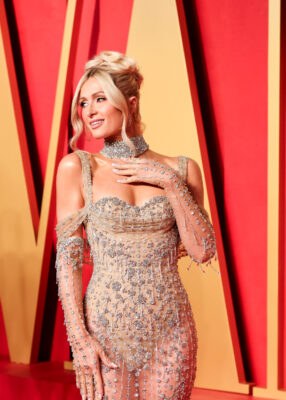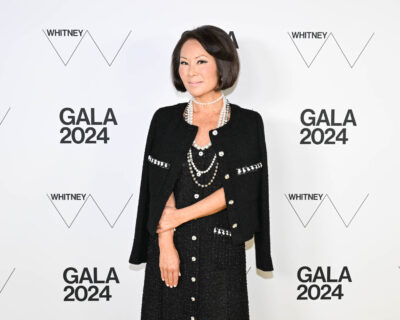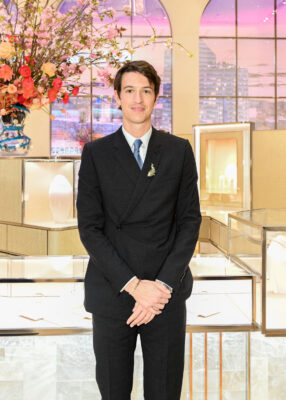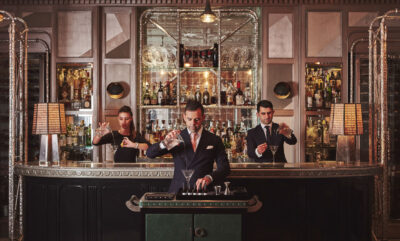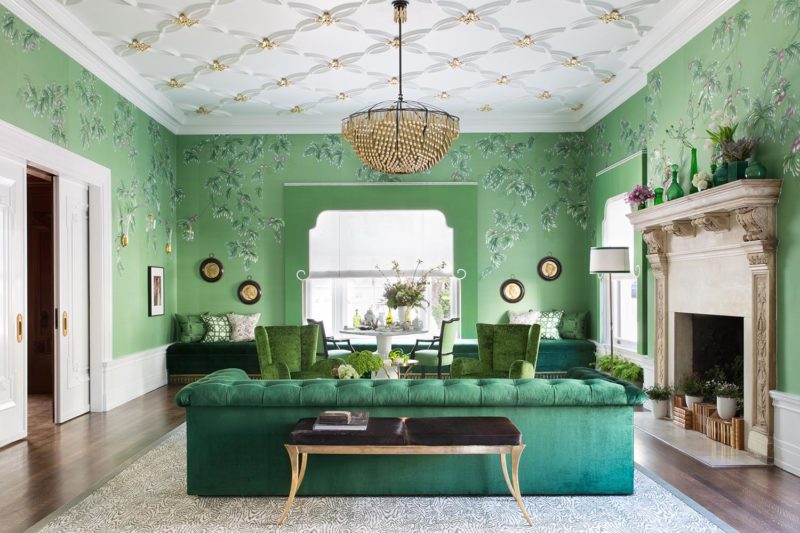
Design
More Is More?
How Jonathan Rachman seduced the Ladies who Lunch.
“My Lady Dean, we meet at last!” As airport greetings go, this was one of my more memorable, and set the tone for my entire working relationship with San Francisco’s Crown Prince of Passementerie, Jonathan Rachman.
Rachman, one of San Francisco’s most celebrated interior designers, is militantly committed to the principles of classic design: He has a penchant for hand-painted wallpapers by de Gournay and a passion of Taylor-Burton proportions for passementerie (the art of decorative trim); I’d go as far as to say he’s fearless when dealing with tassels and fringe. He had decided the time had come to document his 20 years in the chintz trenches and hired me to pen his first monograph. To paraphrase my beloved Jane Austen, “It’s a truth universally acknowledged that a decorator in possession of a good fortune must be in want of a book.”
Rachman swept me through arrivals while simultaneously dispensing advice to a client on speaker phone. “I don’t have time for fake flowers,” he barked. Rachman tends to speak in declarations. “No silk or plastic; they collect nothing but dust. Keep it current, keep it classic.”
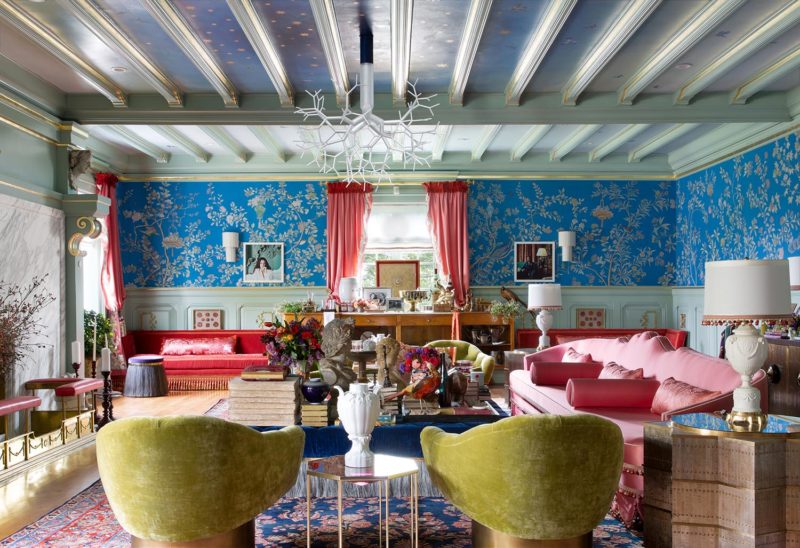
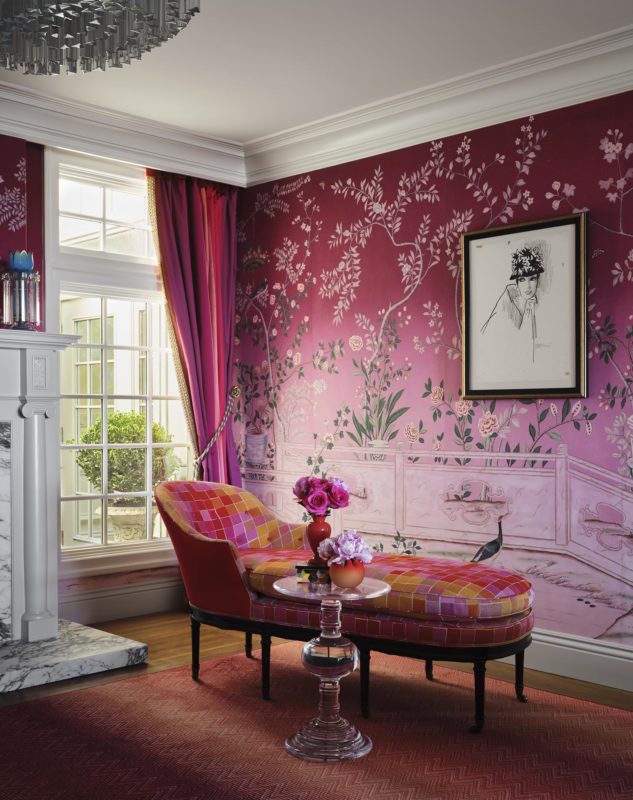

I soon discovered that when Rachman speaks, his “ladies” listen. They consult him on everything from the color of a curtain to the cut of their couture. His list of clients is long and impressive. Hannah Cecil de Gournay occupies the elevated position of “Wifie,” while Lady Rose Cholmondeley acts as a muse and creative accomplice. Denise Hale, the undisputed doyenne of San Francisco, is a close friend and devotee of his talents. In the forward she penned for the book, the Serbian-born socialite describes Rachman’s work “as an extension of his personality…warm, inviting, stylish, and luxurious.”
By the time we reached my rather sumptuous hotel (yes, it was an all-expenses paid trip…so rare in these desperate times), I had already received a primer on Rachman’s fashion and design pantheon: couturier Hubert de Givenchy for his timeless, elegant approach to design; Givenchy’s one-time colleague Christian Dior for his romantic nostalgia; and stage designer Oliver Messel for his versatility.
In a way, Rachman is their successor—the sum of all his heroes and perhaps a touch more. From floral designs for Madonna and Marc Jacobs to party planning for the United Nations, he is a poly-hyphenate aesthete. But his path to success was far from straightforward.
A natural-born fluffer of cushions and pruner of plants, Rachman had no plans to be a designer. He grew up pampered and indulged in Indonesia; his father made and lost a fortune before he was dispatched to Les Roches in Switzerland to study hotel management. But after spending time working in some of Europe’s most fabulous abodes, Rachman realized that he was more of a guest than an employee.
After graduation he quickly changed gears and got caught up in the repetitive nine-to-five of corporate America. Rachman burnt through some 30 positions in 12 years, moving from non-profits to education and hospitality and back again, constantly looking for something that felt right. Miserable and uninspired, he walked away and poured his savings into a small flower shop on Sacramento Street.
Flowers were the fit he’d been looking for. Fleur’t (the original name, though new owners now call it Fleur*t) was born in 2002, and Rachman entered one of the most-productive periods of his life. He had grown up arranging exotic flowers in Sumatra with his mother— and again the orchids, amaryllis, and hoya spoke to him. Marc Jacobs hired him to create arrangements for his flagship store in the city; Four Seasons appointed him their VIP florist. Soon he was fashioning bouquets for Madonna and Oprah.
But Rachman’s really big break came at 38,000 feet, flying to Paris. Never one to travel coach, Rachman found himself sitting in first, next to an ambassador’s wife Who Shall Not Be Named. Much champagne and bonhomie later, Rachman found himself organizing the 60th anniversary party of the United Nations.
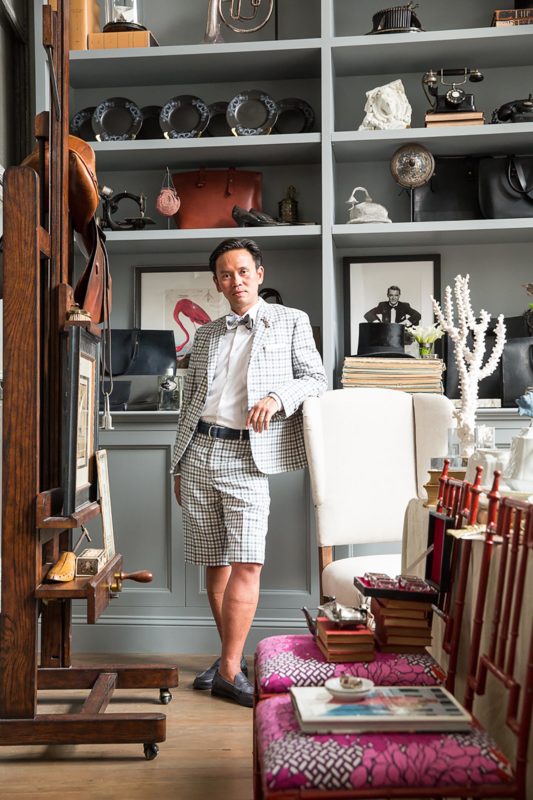
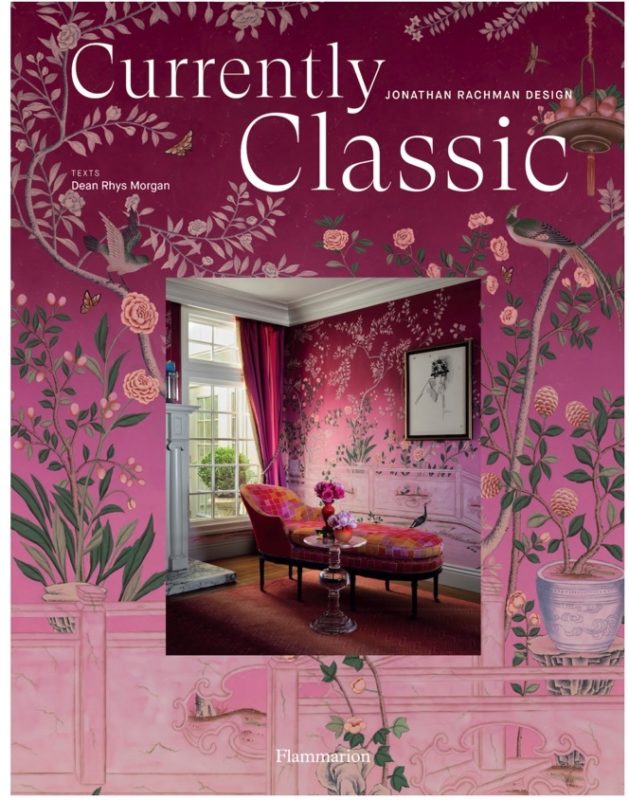
Gradually, the ladies who attended the events he designed began inviting him to their homes. It started with a few minor tweaks, a cushion here, a lamp there. The projects gradually grew in scope, and eventually Rachman was designing pieds-à-terre, summer homes, and beach houses. He credits his success to an innate ability to apply classic style to contemporary homes. “It’s not rocket science; nobody wants to live in a castle or museum,” he says. “I don’t do dust. I do classic with a twist.”
Like his hero Christian Dior, Rachman feels that living in a house that doesn’t reflect who you are is like wearing someone else’s clothes. Part of his magic is his ability to create spaces that reflect the personalities of each of his clients. He’s adopted Monsieur Dior’s philosophy and carried it over into the way he approaches home design, seamlessly translating clients’ likes and tastes into a home.
“There’s such a similarity between the clothes we choose to wear and the objects we choose to surround ourselves with,” Rachman says. “In fashion there is Haute Couture, ready-to-wear, etcetera. I apply that concept to design. I dress rooms the way my clients dress themselves. Some rooms should be formal, others should be casual and comfortable. Each project has to have its own identity.”
Rachman’s aesthetic is influenced by his love of East and West, the jubilant mixing of the old and new. A maximalist at heart, he frequently quotes his own mantra: “Know when less is more or more is less, or when less is truly less and more is truly more…and in some occasions, more is never enough.”
Currently Classic – Jonathan Rachman Design was published by Flammarion on October 18, 2022.
>> Next: Lewis Miller, the ‘Banksy of Flowers’, Works his Magic on NYC
